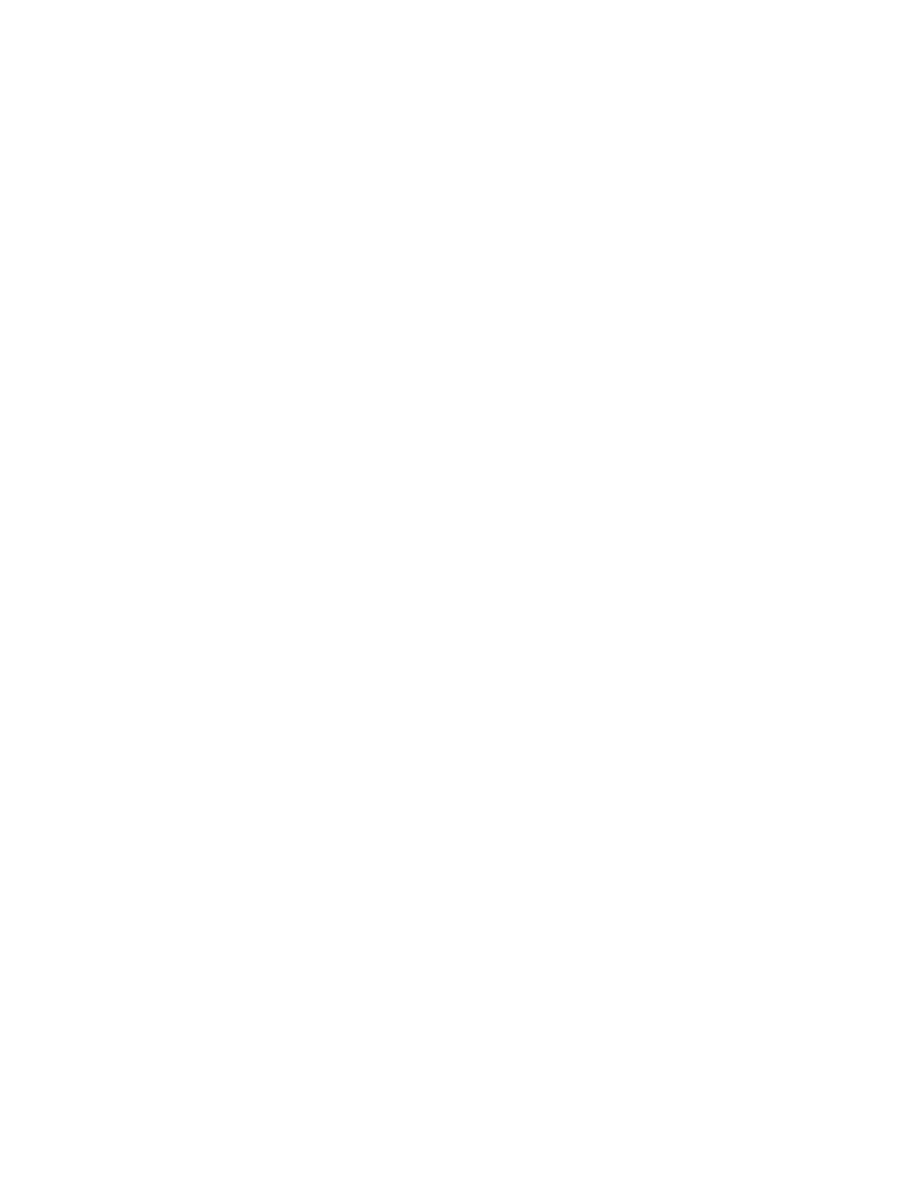Fusion FWD L4-2.5L Hybrid (2010)

Repair.
-------------------------------------------------
Pinpoint Test J: DTCs B106E, B106F
Smart Junction Box (SJB)
Pinpoint Tests
Pinpoint Test J: DTCs B106E, B106F
Normal Operation
The Smart Junction Box (SJB) controls the output of several vehicle systems by means of solid state drivers. When an overload occurs on any of these
drivers, a DTC is set. The module tracks the number of repetitive faults on each of these circuits and compares this number of overloads to 3 progressive
thresholds established for each circuit. If the 3 thresholds have not been exceeded, then the DTC for the affected circuit can be cleared by eliminating the
fault, then clearing the DTCs and running a self-test.
At the point that each of the first 2 thresholds are exceeded, DTC B106E is set along with the DTC relating to the affected circuit. Once the final (third)
threshold is exceeded, the affected output is permanently disabled, and DTC B106F is set along with DTC B1342, at which time the SJB must be
replaced.
-
DTC B106E (Solid State Driver Disabled Due to Short Circuit) - sets when the SJB has disabled a circuit due to a repetitive fault causing a circuit
overload. A corresponding DTC for the circuit in question is also set.
-
DTC B106F (Module Disabled Due to External Fault) - sets when one or more output functions are permanently disabled due to a repetitive circuit
overload fault. DTC B106F is set with DTC B106E. When DTC B106F is present, a new SJB must be installed after the fault condition has been
corrected.
This pinpoint test is intended to diagnose the following:
-
Output circuit short to ground or voltage
-
SJB
PINPOINT TEST J: DTCs B106E, B106F
NOTICE: If DTC B106F is present and a new SJB is to be installed, the fault condition must be corrected first. Failure to correct the fault
condition first may cause damage to the new SJB, resulting in a repeat repair.
NOTE: If DTC B106F is present, DTC B1342 may also be present. At this time, ignore these DTCs and follow the necessary diagnostics to resolve
DTC B106E and any other DTCs that are present. DTC B106E is present only when there is another DTC due to a software issue or a circuitry issue that
must be resolved before another self-test is run. Each time a self-test is run, one of the 3 thresholds is used. Once the 3 thresholds are used, DTCs B106F
and B1342 is present and the SJB must be replaced. All other DTCs MUST be resolved first, or else the new SJB begins to have its 3 thresholds used
with each self-test that is run.
-------------------------------------------------
J1 REVIEW THE DTCs
-
Review the DTCs from the SJB self-test.
-
Are only DTCs B106E and B106F present?
Yes
INSTALL a new SJB. REFER to Smart Junction Box (SJB) See: Power and Ground Distribution/Power Distribution Module/Service and Repair. TEST
the system for normal operation.
No
CORRECT any DTCs present other than DTCs B106E and B106F. REFER to Diagnostic Trouble Code (DTC) Chart See: Diagnostic Trouble Code
Descriptions/Diagnostic Trouble Code (DTC) Chart. After the repair, GO to J2.
